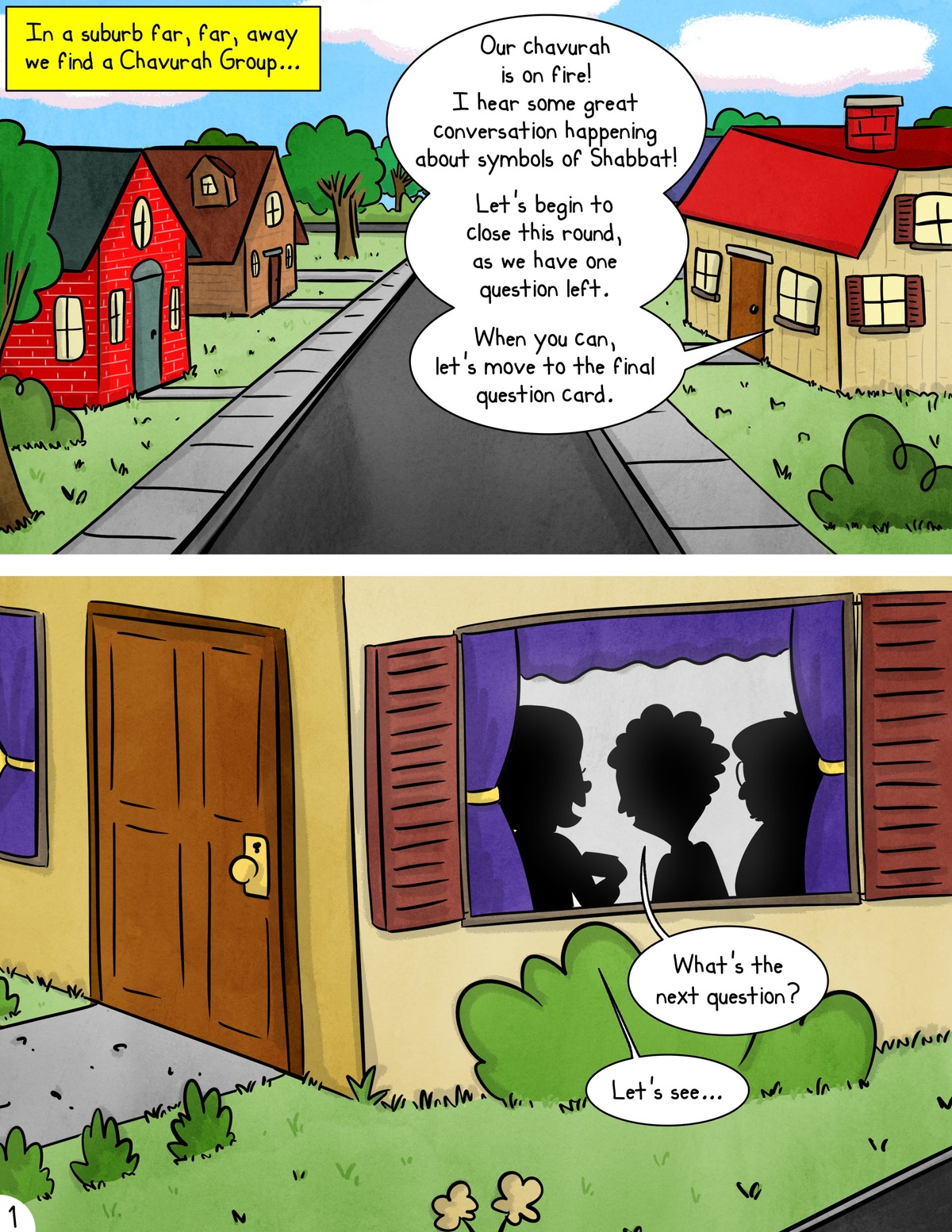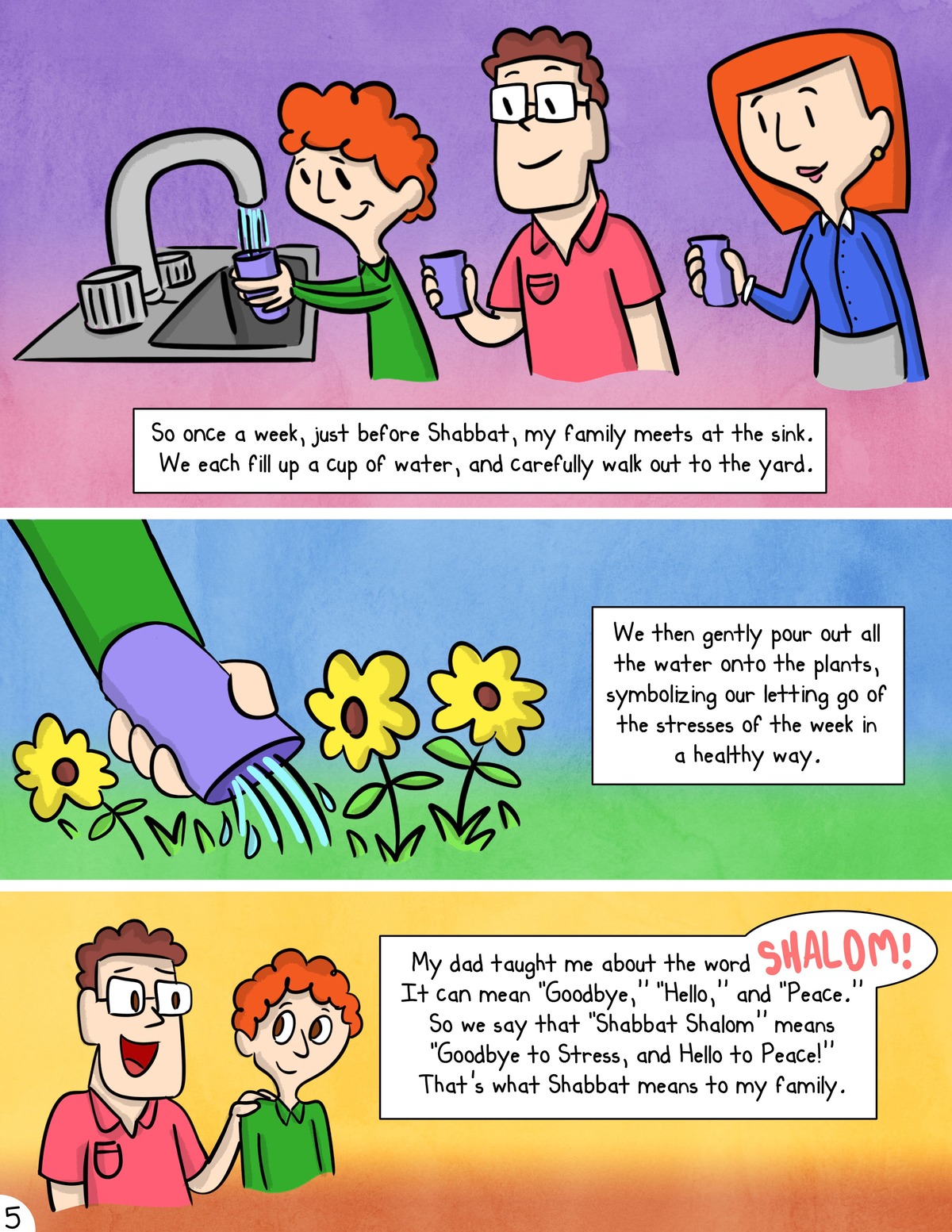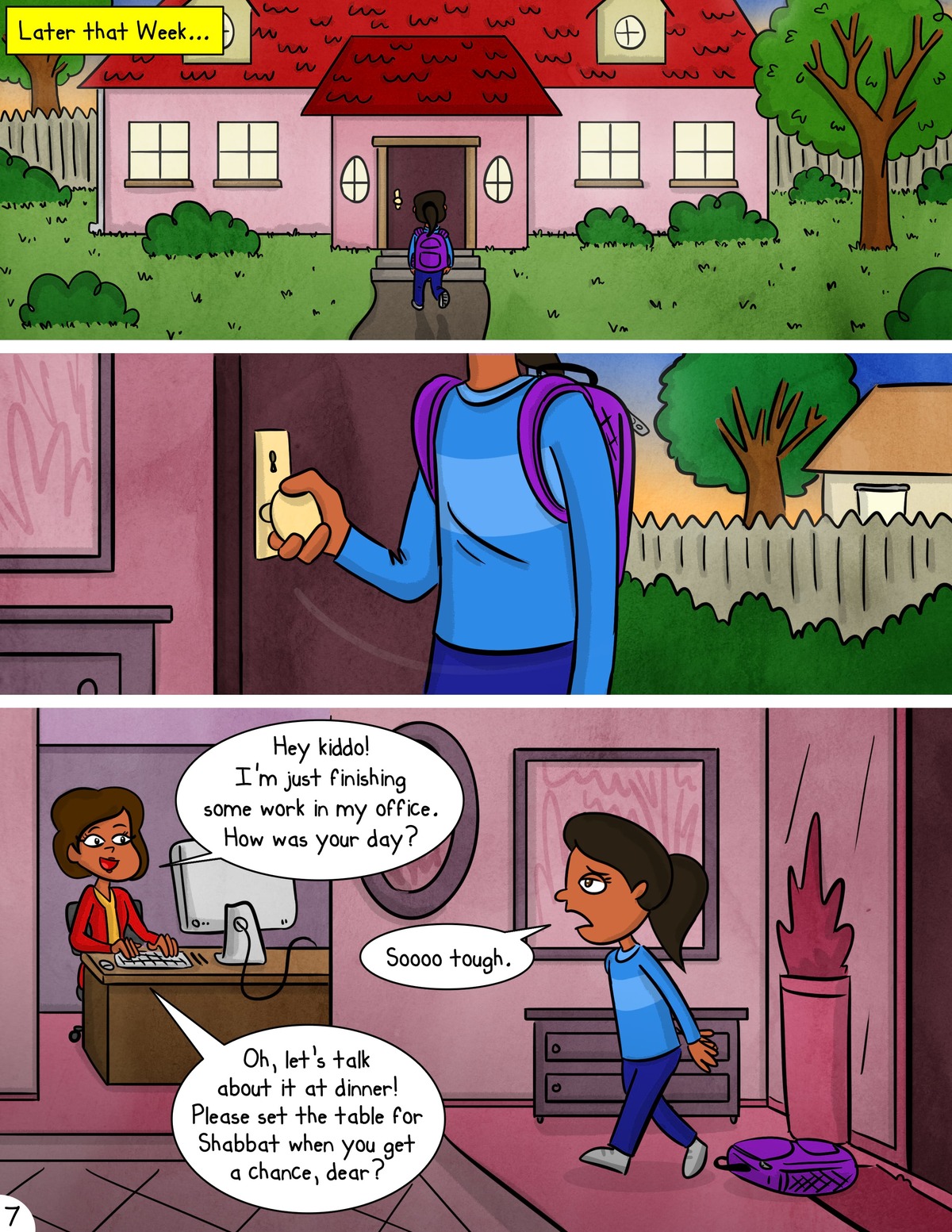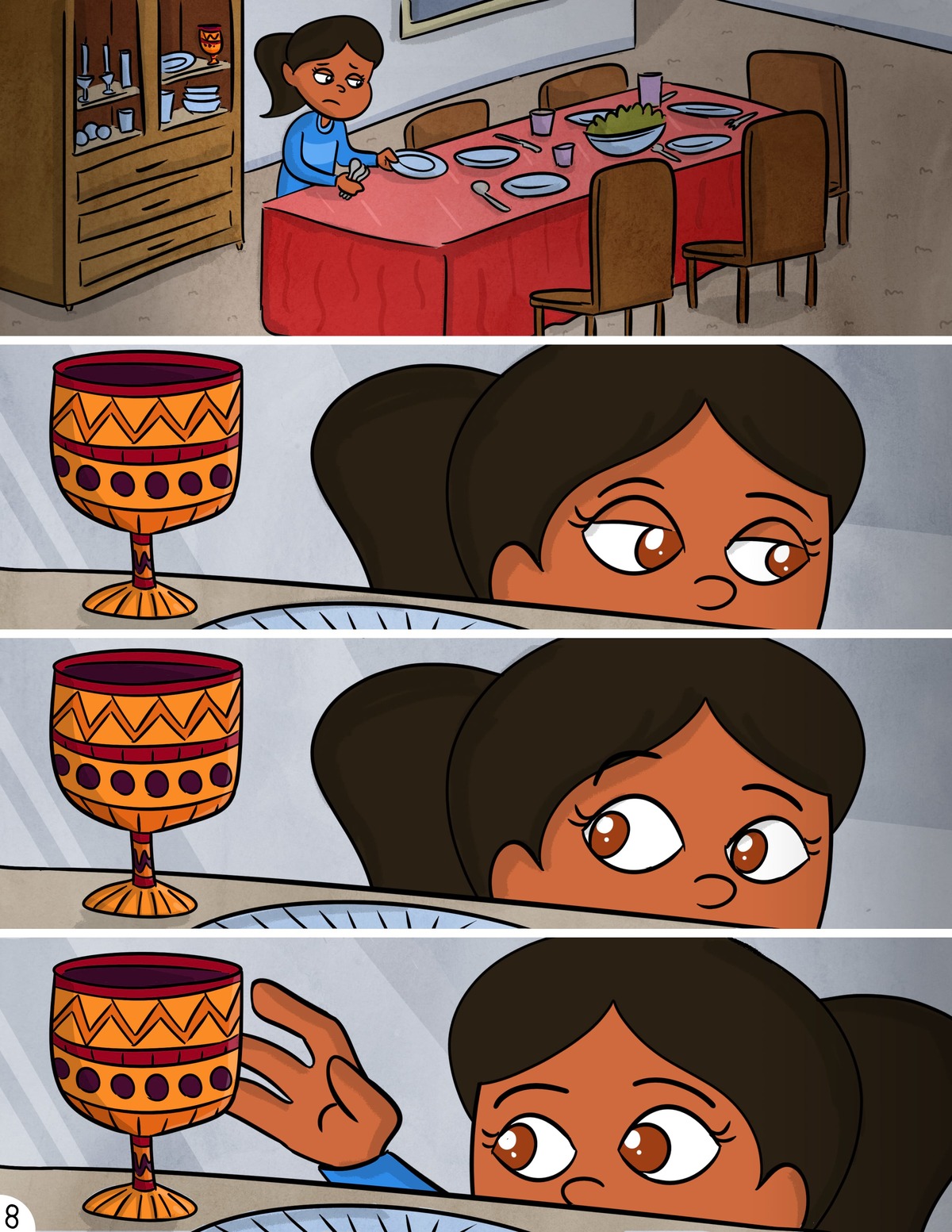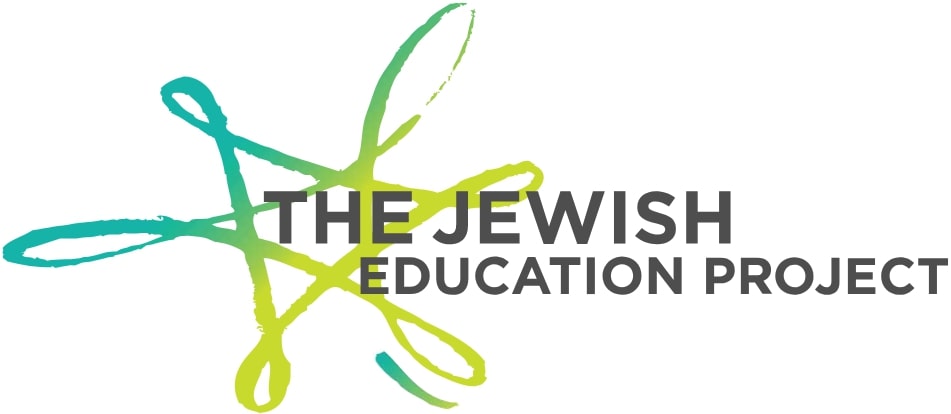Explore short stories about this innovative Jewish education model. Click on the numbered PEDAGOGICAL AND STRUCTURAL NOTES (in the circles) to see specific teaching approaches that make Chavurah stand out! At the end, there are options to LEARN MORE and give us FEEDBACK (and read the other two stories).
Pedagogical and Structural Elements
Overarching (throughout the model):
- Role of the student as the empowered learner
- Teachers intentionally building community among students and parents
- Maintaining an intentional connection to the larger sponsoring community
Specific (in order of appearance)
- Home-based and flexible (can use multiple locations) learning environment
- Small/smaller group and class size
- Content is driven by student responses and interests
- Students are resources to each other
- Student agency and self-organization
- Direct access to teachers (more possible in smaller group/class settings)
- Teacher openness and ability to adjust content
- Connections to curriculum outside of the classroom
- Parent involvement in learning
- Intra-community (cross-program) gathering
- Child-parent interaction around content
We'd love to hear your thoughts, ideas, and reactions.
Please send any feedback or questions to


